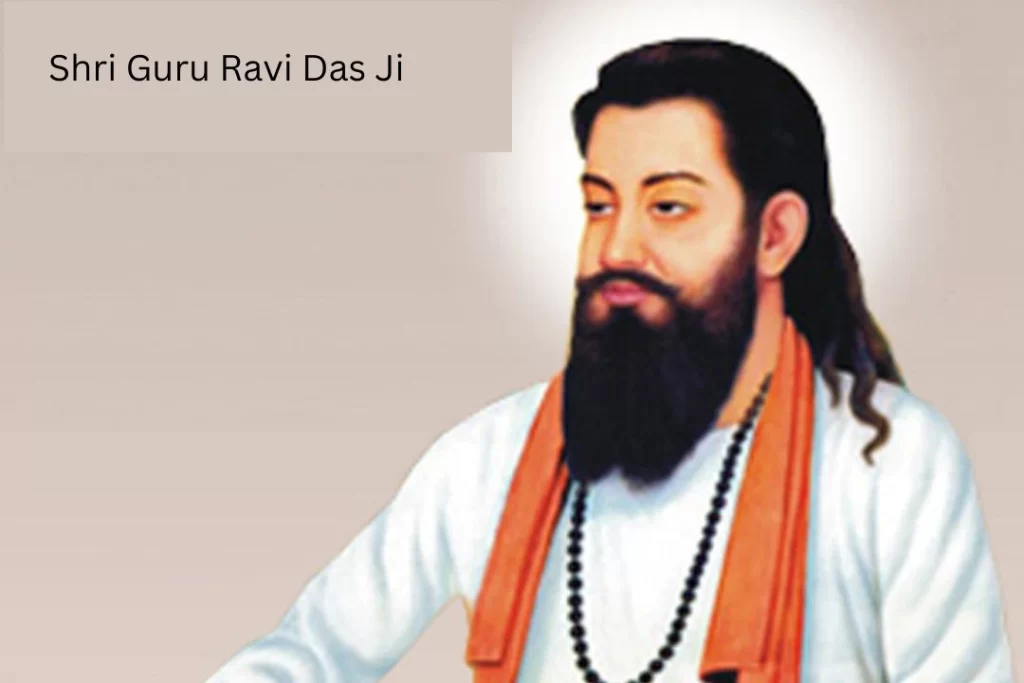Who Was Sant Ravidas?
Sant Ravidas was a 15th-16th century Indian saint, poet, and spiritual leader, associated with the Bhakti movement. He was born in Varanasi (present-day Uttar Pradesh) into a family of leather workers, a community considered untouchable in the caste hierarchy. Despite facing discrimination, he became a prominent saint advocating for equality, devotion (bhakti), and social reform.
How Did He Rise to Prominence?
- Bhakti Movement Influence – Ravidas became a follower of the Bhakti tradition, emphasizing personal devotion to God over rituals and caste-based divisions.
- Association with Guru Nanak & Other Saints – He was a contemporary of Guru Nanak, Kabir, and other Bhakti saints, influencing Sikhism and Hinduism.
- Patronage by Royalty – He was respected by various kings and queens, including Queen Jhali of Chittor, who became his disciple.
- Spiritual Hymns and Poetry – His devotional songs and poems, focusing on equality and devotion, became widely respected. 41 of his hymns are included in the Guru Granth Sahib, the holy scripture of Sikhism.
- Mass Following – Over time, his teachings attracted followers, leading to the formation of the Ravidassia community, which continues to follow his principles.
Contributions:
- Promotion of Social Equality
- He openly opposed the caste system and untouchability, asserting that all humans are equal in the eyes of God.
- His famous couplet:
“Jaati-paat puchhe nahi koi, Hari ko bhaje so Hari ka hoi.”
(God does not ask for caste; one who worships God belongs to Him.)
- Bhakti Movement Leader:
- He emphasized the idea of “Ram Bhakti” (devotion to God) as a means to attain salvation, rather than performing rituals.
- His teachings were in simple Hindi and other local dialects, making them accessible to common people.
- Spiritual Poetry & Influence on Sikhism:
- His hymns in the Guru Granth Sahib inspired Sikhs and many others to reject caste distinctions and follow a path of devotion.
- His philosophy influenced later Bhakti poets, including Meera Bai, who considered him her guru.
- Vision of an Ideal Society (“Begumpura”):
- He envisioned Begumpura, a casteless, discrimination-free society, where everyone lived in harmony.
- His poem describes it as a “city without sorrow”, symbolizing his dream of social justice.
- Formation of the Ravidassia Community:
- His teachings laid the foundation for the Ravidassia religion, followed by many Dalits in India today.
- The Shri Guru Ravidass Janam Asthan Mandir in Varanasi is a major pilgrimage site for his followers.
Legacy
- Sant Ravidas Jayanti (his birth anniversary) is celebrated every year, particularly in Punjab, Uttar Pradesh, and Madhya Pradesh.
- His philosophy continues to inspire Dalit movements and social reformers.
- His teachings on equality, love, and devotion to God remain relevant in modern society.





